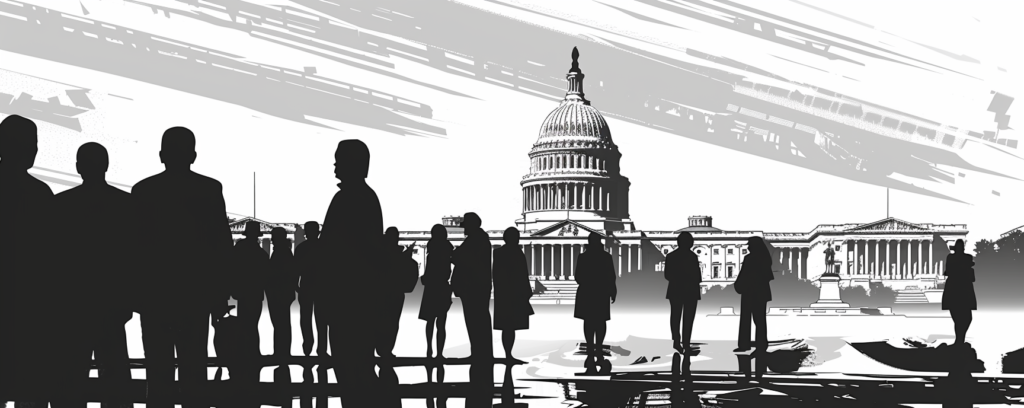[dc]A[/dc]s the debate over the Heritage Foundation’s Project 2025 intensifies, it’s crucial to look beyond the heated rhetoric and consider the initiative’s aims in historical context. While critics decry it as a radical departure from church-state separation, a closer examination reveals a more nuanced approach that in some ways echoes mainstream political positions from the not-so-distant past.
Project 2025’s emphasis on religious liberty and traditional values isn’t new to American politics. In fact, it bears resemblance to positions once held by prominent Democrats. In the 1990s, then-President Bill Clinton signed the Religious Freedom Restoration Act, championing protections for religious expression. Similarly, Senator Joe Biden supported the Defense of Marriage Act, which defined marriage as between a man and a woman. [perfectpullquote align=”left” bordertop=”false” cite=”” link=”” color=”” class=”” size=””]Project 2025’s emphasis on religious liberty and traditional values isn’t new to American politics.[/perfectpullquote]
The initiative’s call for a more significant role for faith in public life doesn’t necessarily equate to establishing a state religion. Instead, it can be seen as an attempt to recalibrate what its proponents view as an overcorrection in recent decades – a swing of the pendulum that they argue has marginalized religious perspectives in the public square.
Project 2025’s education proposals, for instance, advocate for school choice and protection of religious schools’ autonomy. While this raises valid concerns about public funding, it also addresses the desires of many parents for educational options aligning with their values – a concern that crosses party lines.
The healthcare conscience protections outlined in the project are framed not as a means of discrimination but as safeguards for healthcare providers’ deeply held beliefs. This complex issue requires balancing competing rights and hasn’t always fallen neatly along partisan lines.
It’s important to note that Project 2025 doesn’t call for dismantling the separation of church and state. Instead, it proposes a reinterpretation of this principle, arguing for a view of secularism that is more accommodating to religious expression in the public sphere. This perspective contends that true religious freedom means not just freedom from religion, but also freedom of religion.
To be sure, some aspects of Project 2025 push beyond traditional conservative positions and raise legitimate concerns about religious favoritism. Its frequent invocation of “Judeo-Christian values” does risk alienating those of other faiths or no faith. The project’s approach to social issues like abortion and LGBTQ+ rights aligns with conservative Christian doctrines, potentially conflicting with a pluralistic society’s needs.
However, dismissing the entire initiative as an attack on church-state separation oversimplifies a complex issue. Many Americans, including some moderates and independents, share concerns about the diminishing role of faith in public life and the perceived hostility toward religious viewpoints in some quarters.[perfectpullquote align=”right” bordertop=”false” cite=”” link=”” color=”” class=”” size=””]Dismissing the entire initiative as an attack on church-state separation oversimplifies a complex issue. [/perfectpullquote]
As we debate Project 2025, we should remember that the relationship between church and state in America has always been dynamic, not static. From the Founding Fathers to today, we’ve grappled with balancing religious liberty with other constitutional principles.
The challenge is to engage in a thoughtful dialogue about these issues, recognizing valid concerns on all sides. How do we protect religious freedom while ensuring all citizens’ equal treatment under the law? How can we acknowledge the role of faith in many Americans’ lives without privileging one belief system over others?
Project 2025 may not have all the right answers, but it asks important questions that deserve serious consideration. As we approach 2025, let’s move beyond knee-jerk reactions and strive for a nuanced understanding of religious liberty in our diverse, modern society. Our ability to find common ground on these fundamental issues may well determine the future of American democracy.

